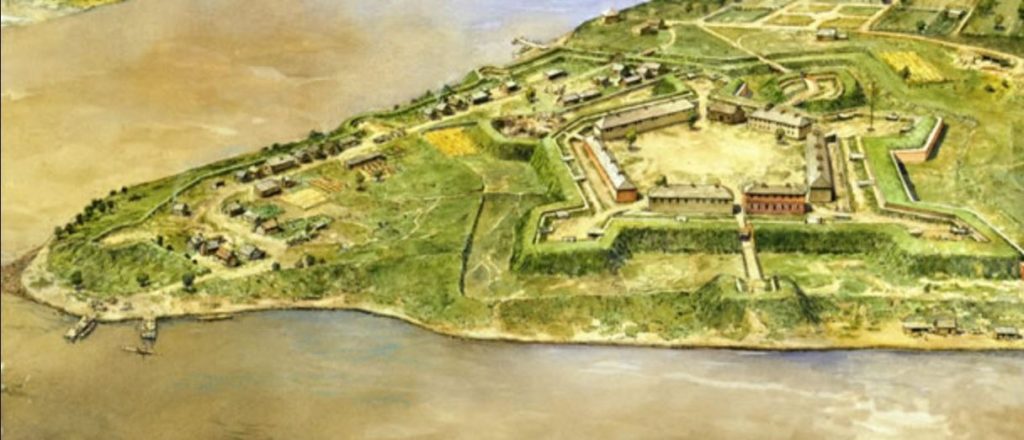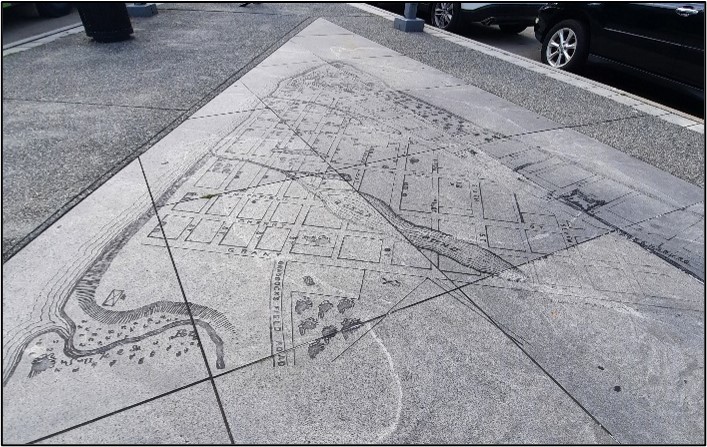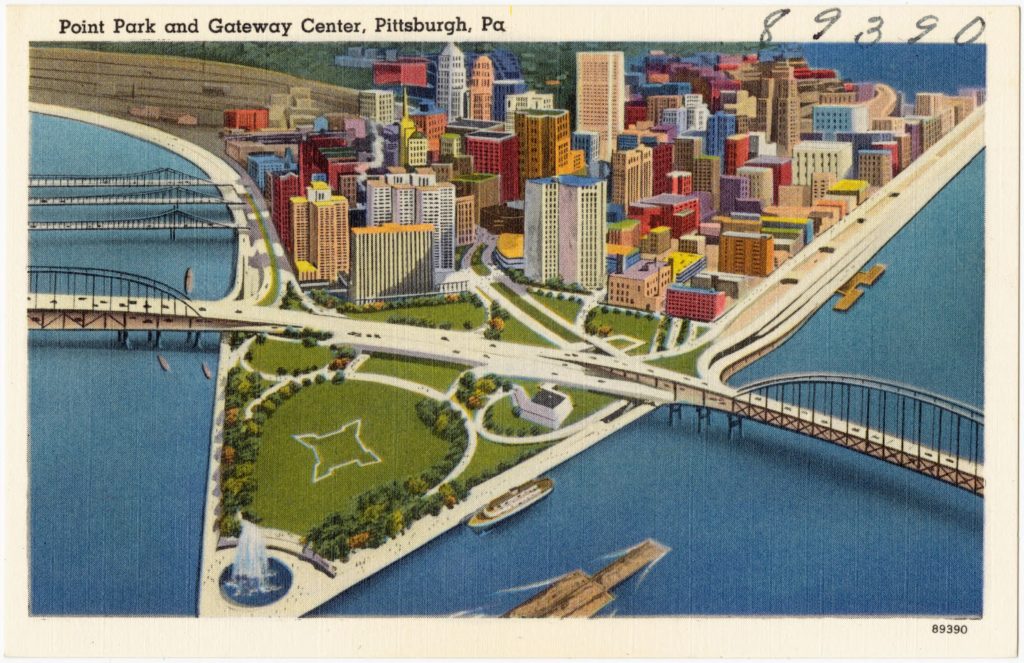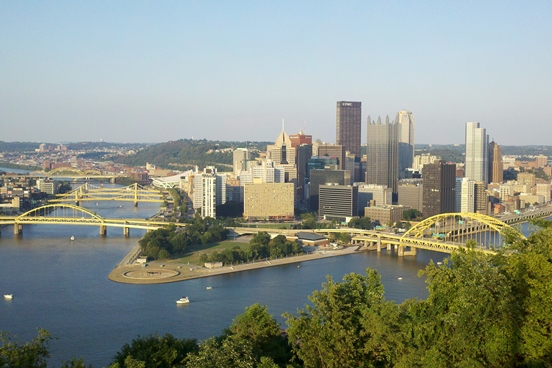Today’s post in one of our Spotlight Series, which showcases places, projects, and people engaged in different kinds of historic preservation activities in Pennsylvania.
How many times have you walked past a building in your neighborhood and thought, “Gee, I wonder what that looks like inside?”
Through the innovative and creative work of Doors Open Pittsburgh, yinzers and visitors to the city often have the chance to learn new stories about and enjoy the interior spaces of the unique and interesting buildings that help make Pittsburgh, Pittsburgh.

Founded in 2016, Doors Open Pittsburgh has given over 18,500 people a chance to learn more about local landmarks, historic, re-imagined or newly built buildings to foster their appreciation for our shared architecture, heritage, neighborhoods, and culture.
The non-profit was started by Pittsburgh native Bonnie Baxter after she attended a similar event in Chicago. A quick look through the Doors Open website gives you a sense of how much they’re able to accomplish with their Board, a staff of four, and a legion of volunteers. Check out Northside event from May to understand more about how these innovative events work and what people saw.

While people come to a Doors Open event to “#be nebby” (to non-Pittsburghers, that means nosy), they often leave with a newfound appreciation of history, people, place, neighborhood, or the city as whole. The community impact of Doors Open is impressive. Based on their 2021 event,
- 38.5% said that their opinion of the neighborhood has improved because of their experience at the event.
- 89.7% are “very likely” to return to the neighborhood because of their experience at the Event.
- Attendees spent $23,238 in the local community while attending the event.
Doors Open’s next event focuses on Downtown Pittsburgh and its stories, places, and spaces, one of which is Gateway Center.
Gateway Center
Gateway Center was planned and developed as 10 buildings, all built between 1952 and 1967. It is the first thing you see when you enter the city, and surprisingly enough was probably the same land that individuals saw if they ventured away from Fort Pitt in 1792.
What was Fort Pitt you may ask? If you venture to Point State Park, located at the confluence of the Monongahela, Allegheny and Ohio Rivers west of Gateway Center – you will see a large fountain and, across the Allegheny river, the home of the Pittsburgh Steelers, Acrisure Stadium. But if you look at the ground in the park, there are granite inlays in the grass that serve as an everlasting memory of the original gateway to Pittsburgh, Fort Pitt.

Fort Pitt was built from 1759 to 1761 during the French and Indian War (“Seven Years’ War”), next to the site of the former Fort Duquesne. It was built in the popular pentagram shape, with bastions at the star points, by Captain Harry Gordon, a British Engineer in the 60th Royal American Regiment.
The fort was a dominant mainstay for many travelers to the early frontier and traders that ventured into what is now Pittsburgh. It was a fort, certainly, but it also supported a community.
To see an original rendering of what the Gateway Center area once was, there is a map within the sidewalk that lies within the shadows of the aluminum towers that are currently located there.

Although the city is not as bustling as it was prior to COVID-19, hundreds pass this map every day and probably don’t even realize it is there and how critical the Gateway Center area once was. It helped to shape the history of the city as well as the country.
Plans were developed during World War II to redevelop the dense and “blighted” forks of the Ohio River into both Point State Park and a “Gateway” of offices.
It was announced as fully financed on September 21, 1949, when the Equitable Life Assurance Society agreed to underwrite the project after securing lease agreements from Westinghouse, Mellon Financial and other major corporations.
On May 8, 1950, work began to clear the Gateway Center site for the new development. The first three office buildings, One, Two, and Three Gateway Center, were completed in 1952. Eggers & Higgins, architects of the Thomas Jefferson Memorial in Washington D.C., were the architects for these first three buildings. The Hilton Hotel (now the Wyndham Grand) was added in 1959, and Four Gateway Center was completed in 1960.

The Fort Pitt Museum, located in Point State Park across Commonwealth Place from Gateway Center contains a diorama of what the fort looked like in its prime.
All of the original Gateway Center development as well as Point State Park are listed in the National Register of Historic Places as the Pittsburgh Renaissance Historic District (2001RE01438). Point State Park, as the former site of Fort Pitt has the added designation of Forks of the Ohio National Historic Landmark.

So when you venture into town to #BeNebby for DOORS OPEN Pittsburgh: Downtown 2022 on October 1, be sure to walk through Gateway Center into Point State Park and think of the original adventurers that experienced the city as it once was. It has transformed from a fort that protected the rivers to a gateway containing businesses, restaurants, and a hotel.
Today’s guest author is Kim Reilly. Kim is a member of the Docent Corps Team for DOORS OPEN Pittsburgh. She has lived in Pittsburgh for over 30 years and assists with various guided walking tours that are supported by DOORS OPEN. Kim currently resides in the South Hills, has a passion to support the history of the city and works at PNC Financial Services. She enjoys live music, sports and volunteering.
Comment Policy
PHMC welcomes and encourages topic-related comments on this blog. PHMC reserves the right to remove comments that in PHMC’s discretion do not follow participation guidelines.
Commenters and Comments shall be related to the blog post topic and respectful of others who use this site.
Commenters and Comments shall not: use language that is offensive, inflammatory or provocative (this includes, but is not limited to, using profanity, obscene, or vulgar comments); disparage other commenters or people; condone illegal activity; identify the location of known or suspected archeological sites; post personal information in comments such as addresses, phone numbers, e-mail addresses or other contact details, which may relate to you or other individuals; impersonate or falsely claim to represent a person or an organization; make any commercial endorsement or promotion of any product, service or publication.
If you would like to comment on other topics not related to this blog post but related to PHMC, please fill out the PHMC Contact Us Form.

Leave a Reply